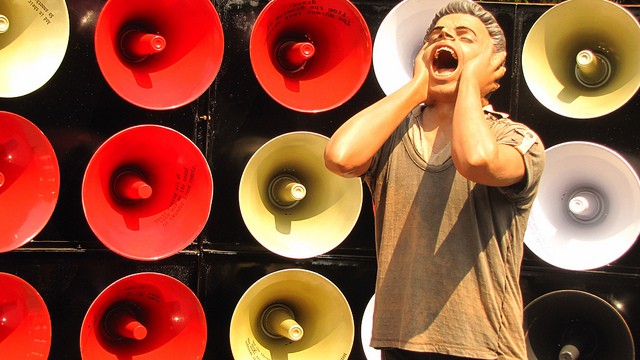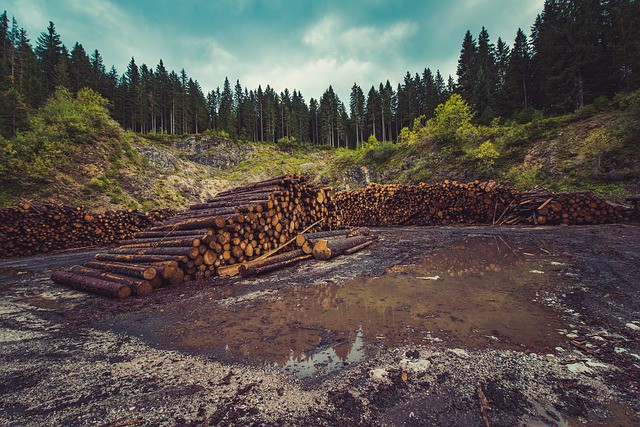What is a Habitat and Reasons For Habitat Loss and Destruction?

A habitat is a “home ground” or an environment in which an organism or group of species normally lives or occurs. In this sense, a habitat is any particular place that supports animal or plant life. From the habitat is where plants or animals get their survival essentialities such as water, food, shelter, and breeding grounds.
Different plant or animal species have different necessities for water, shelter, nesting and food. Thus, each and every plant or animal is adapted to survive in a specific kind of habitat. For instance, some turtles live in the seas while others live on land. Some plants grow in the deserts, some in the seas, and some in swampy areas. This shows different species have different needs. Examples of habitats include oceans, streams, or forests.
As per Wikipedia.
“A habitat is an ecological or environmental area that is inhabited by a particular species of animal, plant, or other type of organism. The term typically refers to the zone in which the organism lives and where it can find food, shelter, protection and mates for reproduction, utilizing the qualities the species has adapted to survive within the ecology of the habitat. It is the natural environment in which an organism lives, or the physical environment that surrounds a species population.“
Reasons For Habitat Loss and Destruction
When a habitat is dramatically altered due to natural or anthropogenic activities such as earthquakes, agriculture, pollution or oil exploration, these places may no longer be able to provide shelter, food, water, or breeding grounds for the living organisms.
Such kind of events lessens the places where plants or animals such as wildlife can live and threatens the survival of various species. That sort of habitat degradation or fragmentation is what is termed as habitat loss and destruction. Habitat loss and destruction are influenced by several drivers which include:
- Agriculture
Agricultural production has claimed much space of the natural habitat since settlers began converting forests and grasslands to croplands. In the modern world, the pressure to convert lands into resource areas for producing priced foods and crops has increasingly led to habitat loss.
Runoff of agricultural waste, fertilizers, and pesticides into marine and freshwater environments has also transformed streams and water systems. As a result, there has been a tremendous loss of natural crop species, aquatic life, and wildlife habitat.
- Animal Waste, Sewage, Fertilizer, and Mining Waste Pollution
Marine and freshwater life forms are the most affected by pollution. Pollutants from animal waste, untreated sewage, fertilizers, pesticides, and heavy metals find way into wetlands and water systems and subsequently end up in the food web.
Animal wastes and fertilizers generate nutrients that cause an outburst in algae growth that depletes dissolved oxygen in aquatic systems. Mining wastes may also contain heavy metals that affect the health and breeding of aquatic organisms. Sewage sediments may destroy dwelling grounds of aquatic animals.
- Industrial and Automobile Pollution
The majority of animal and plant habitats have been destroyed due to the toxic substances and chemicals emitted from industries and automobiles that pose long-term cumulative impacts on the species health. Seriously polluted regions have become dead zones since the conditions have become very harsh for biotic survival. A prime example is an acidic lake which cannot support aquatic life forms. In some areas, only a few organisms can survive owing to the cumulative effects of industrial and automobile pollution.
- Water Projects
The development of water projects such as hydropower plants, dam construction, and water diversion frequently disconnect or draw off waters thereby altering water chemistry and hydrology. This is because such water projects limit the amount of water and nutrients running downstream.
The downstream section of the river can dry out and the nutrients supporting aquatic life can significantly reduce. As an outcome, gradual habitat loss happens as the water flows downstream.
- Land Use and Development
The conversion of lands into urban settings, housing developments, office spaces, shopping malls, industrial sites, parking areas, road networks, and so on takes away the naturally occurring land that provided habitat for wildlife and other living organisms. This practice has substantially led to the loss and destruction of millions of acre of natural habitable environments.
- Global Warming
Global warming is one of the recent leading causes of habitat loss since it changes the physical environmental factors such as temperature and moisture which are essential for a sustainable habitat.
For instance, wildlife that requires cool temperatures of high elevations such as the rock rabbit and mountain gorillas may in the near future run out of habitat due to global warming. Excessive rains, flooding or drought arising out of global warming have also impacted several habitats, contributing to the loss of wildlife and other living organisms.
- Diversity Loss and Invasive Species
When a certain ecosystem which is home to numerous species collapse, more aggressive species may enter the territory. As the original species struggle to cope in a harsher environment, the invasive species contributes to a further and rapid decline of the habitat and subsequently dominates.
The explosive entry of invasive species into a habitat presents a strong threat to the native species as they struggle to survive in the increasingly changing environment. Invasive species directly competes for food with the native species and can also alter the structure of the habitat.
- Vegetation Removal and Logging
Vegetation removal and logging destroy the structure of the habitat since it takes away the vital materials and natural systems responsible for replenishing and purifying the habitat. Removal of vegetation cover and logging also creates room for soil erosion and decrease stormwater infiltration which leads to the degradation of water quality, further destroying the habitat.
- Dredging and Bottom Trawling Fishing
Dredging and bottom trawling fishing gives rise to the physical destruction of the dwelling, feeding and breeding areas for aquatic plants and animals. The displaced sediments may further smother the bottom dwelling organisms. Fish gills can as well become blocked with sediments and plant life activity is reduced due to limited light.
Dredging might also release underground toxic materials into aquatic habitats. Besides, bottom trawling fishing can by-catch unmarketable fish which turns out to be the food for other bigger fish in that particular underwater habitats.





